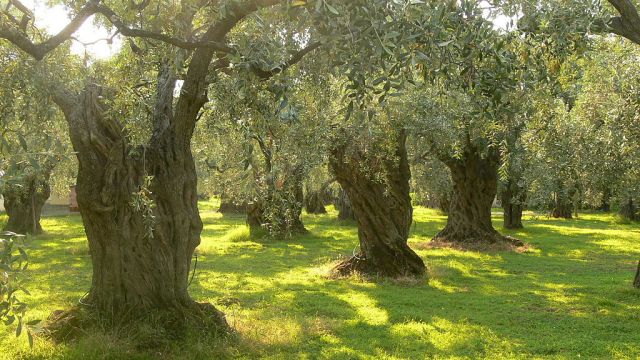Uruguay Making It’s Mark in Specialty Crops
Little Uruguay is becoming a notable producer of specialty crops. Among them are grapes for wine and olives for oil. Not only do few people know about the quality of Uruguay’s wines and oil, the truth is a lot of people don’t even know about Uruguay. When we first went to Uruguay about six years ago, people asked us “Where’s Uruguay?”
But Uruguay has become noteworthy in several areas. Among them is Uruguay’s developing excellence in the quality of both their wine and their olive oil. This little country took 14 medals at this year’s Vinalies International Competition–four gold and 10 silver–which amounted to 40% of the total awards in 2014. The Vinalies is the only international competition recognized by the OIV (International Organization of Wine and Vine).
But that wasn’t enough. Now Uruguay has done it again. The Olive Oil Times reported that “Three different Uruguayan olive oil producers took home awards this year. With a total of four awards, the small country, increasingly recognized for its high quality oils, won more prizes than any country in Latin America.”
We have long been interested in Uruguay’s farm enterprises. For one thing, the entire country, almost, is natural, rolling farm land. While Uruguay real estate has experienced a serious rise in price in recent years, farm land is still recommended by several real estate investment analysts as a good buy and wise investment. Add to that the fact that Jim Rogers, famed commodities investor and expert, predicts that farming will be one of the most profitable industries for the future–that the farmers will be driving the Lamborghinis and the stock brokers driving the tractors. We think that might be a bit of a stretch but it does make his point.
So we decided to look a little closer at this business of farming in Uruguay, particularly the olive industry. Olives were first produced in Uruguay about 70 years ago, but then in around 2001 some serious olive farming began to develop. Uruguay now has 22,230 acres in olive groves with local farmers planting 1,000-2,500 acres of olive trees every year. They estimate that Uruguay will be recognized as a major producer in the next five years.
So what about expats? Are they getting in on this trend? The answer is Yes!
We were privileged to meet with Alan Laurie in Canelones, Uruguay, where Alan and his team are currently planting three farms in young olive trees. We visited one farm of seven hectares that was in the process of being planted. Alan tells us that farm will produce $60,000 a year at today’s prices, after management fees, but will cost about $25,000 per year for five years in the process of bringing it to production. Once in production the trees produce from 50 to 200 years. There is a word of wisdom among growers that “You plant grapes for your children, but olives you plant for your grandchildren.”
Alan went on to explain that Uruguay is the home of some of the richest farmland in the world. Some of you will remember the previous article about the official ratings that Uruguay has done, showing the fertility of soil on any plot of land you might consider buying in Uruguay, making it easy to determine the fertility of the land. If you decide to look at farmland in Uruguay, any real estate agent will be able to produce maps of the area with ratings for the fertility of each parcel.
There are some nuances a bit unique to olive production in Uruguay. Uruguay has a higher level of humidity. For that reason the trees must be planted at lesser density than in California, for example, and it is necessary to prune the trees more to keep things dry and to keep out mold. Normal density of plantings in Uruguay is 350 trees per hectare. Alan says that the total planting of this seven hectares will take about a month.
He and his team are currently planting three farms and will be continuing to plant and maintain groves for other farmers on a contract basis. If you’d like to contact him, his email address is alc@integra.net.
If you’re interested in further investigation, here are some links that we found for you:
http://www.internationaloliveoil.org/
http://farms.uy/2014/01/uruguay-olive-production-exceed-10-million-kilos-2020/
http://www.oliveoiltimes.com/



Leave a Reply